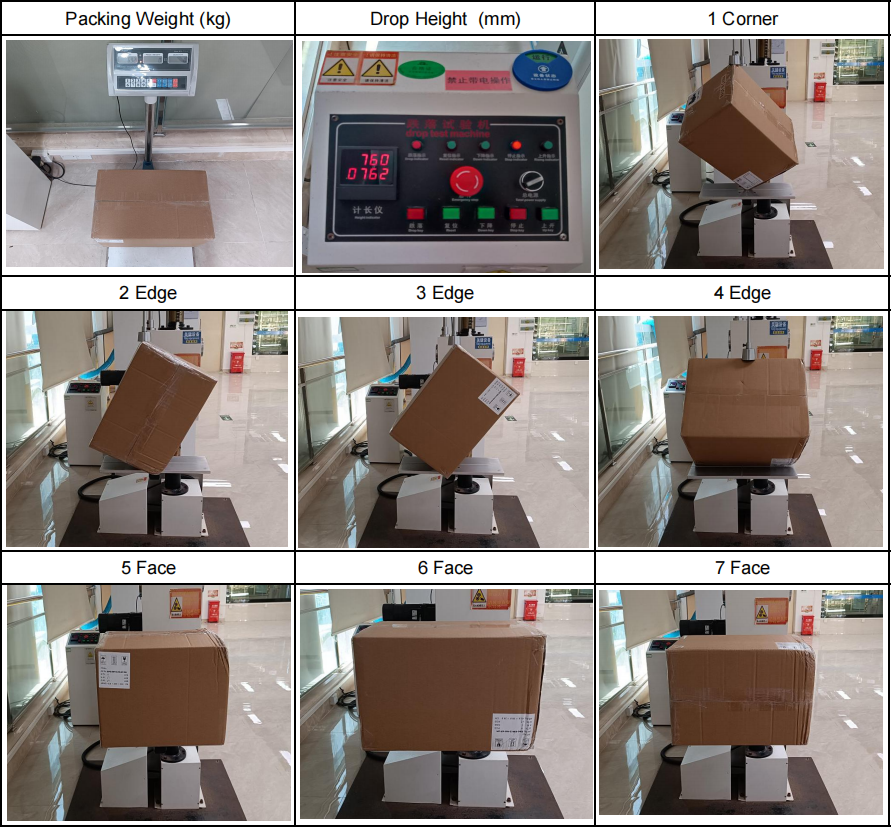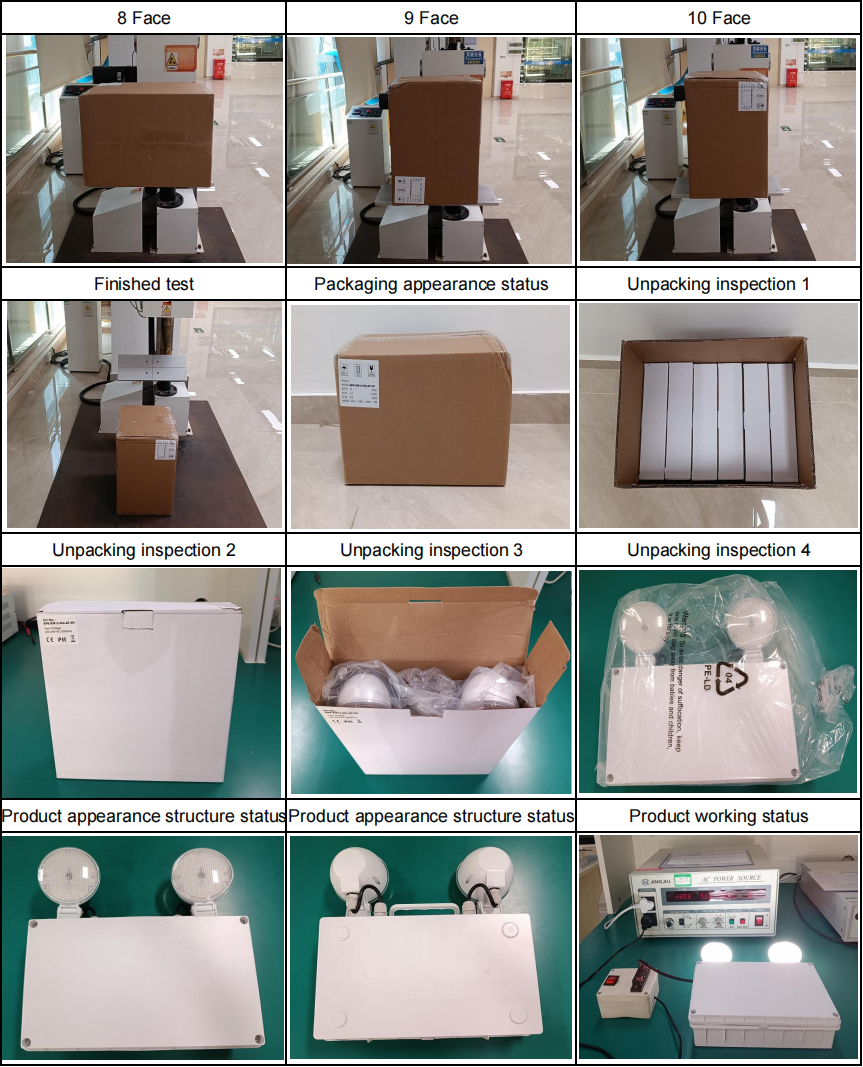All About Drop Test
October 31, 2024
| By
Drop test, or "package drop test," simulates a packaged product falling from various heights onto different edges, angles, and surfaces. The aim is to assess potential damage and evaluate the packaging's ability to withstand impact, allowing for improvements in packaging design while adhering to national standards.
Package drop testing is crucial for several reasons:
- Product Protection: It ensures that products arrive at their destination undamaged, maintaining their quality and functionality.
- Supply Chain Optimization: By identifying weak points in packaging, companies can optimize their packaging design to reduce damage and shipping costs.
- Regulatory Compliance: Many industries have specific packaging standards that require products to pass drop tests to meet compliance requirements.
- Consumer Satisfaction: Delivering undamaged products enhances customer satisfaction and brand reputation.
A typical drop test involves the following steps:
- Package Preparation: Prepare the package with the product inside, replicating real-world shipping conditions.
- Drop Height Selection: Determine the appropriate drop height based on industry standards or specific product requirements.

Note: The specific drop height may vary depending on factors such as packaging design, product fragility, and industry-specific standards.
- Drop Orientation: Drop the package from different orientations, including corners, edges, and faces, to simulate various impact scenarios.
- Impact Surface: Choose the impact surface, such as concrete, steel, or wood, to mimic real-world conditions.
- Post-Drop Inspection: Carefully examine the package and its contents for any damage, including structural integrity, product damage, and packaging material failure.
By conducting thorough drop tests, we can ensure the safe and reliable delivery of their products.
Below is the specific drop test procedure for EPOWER's EPE-EM12.

